Eat a Reasonable Amount of Protein and Fat
An effective nutrition plan considers three macronutrients: protein, fat, and carbohydrates. Protein and fat are essential for survival, while carbohydrates are the primary energy source for most people. Eating a variety of whole foods typically provides sufficient protein and fat; it's still important to include significant portions of protein daily for body recovery and growth.
Healthy fats, when consumed moderately, help maintain hormonal balance and other bodily functions, while also contributing to the body’s energy levels. Carbohydrates, on the other hand, should complement your diet, helping you to meet your caloric needs after protein and fat requirements are met. Be cautious with carbohydrate intake, as they are easy to overconsume due to being less filling than protein and fat. Focus on getting carbs from fruits and vegetables, which provide fiber to regulate appetite and a wide variety of micronutrients.
The optimal balance of macronutrients varies widely across the nutrition industry, with scientific studies supporting various ratios of protein, fats, and carbs. This diversity allows for some flexibility in your dietary choices. As long as you focus on consuming whole, unprocessed foods for the majority of your diet, and ensure you're getting an adequate amount of protein and healthy fats within your caloric target, you'll be well on your way to improved health and a better body.




